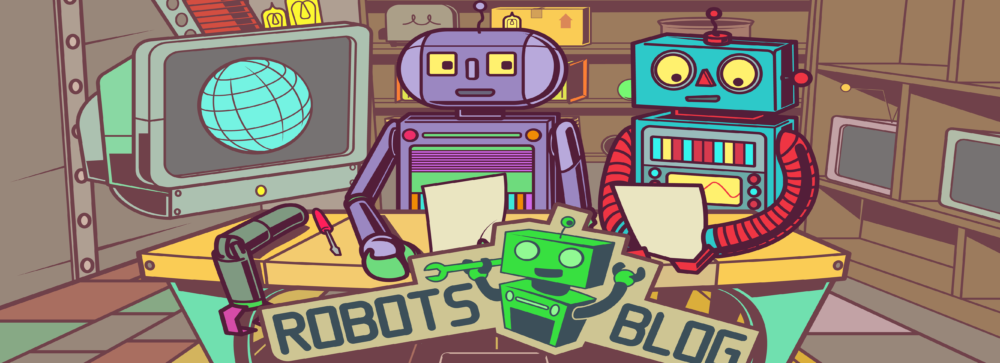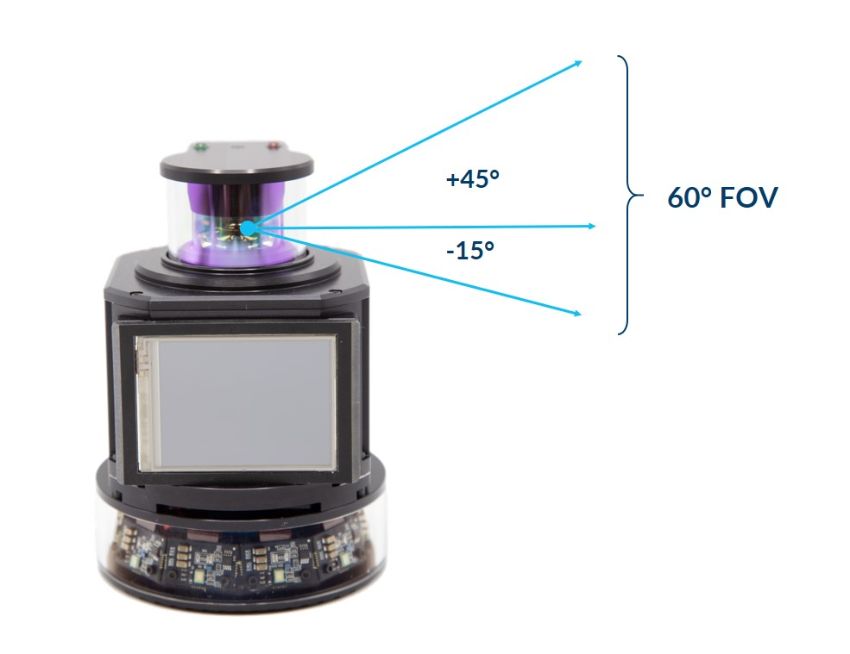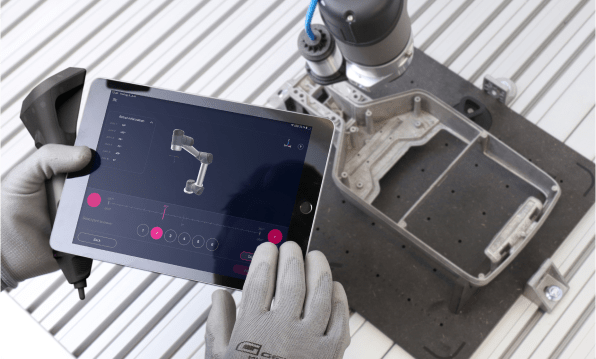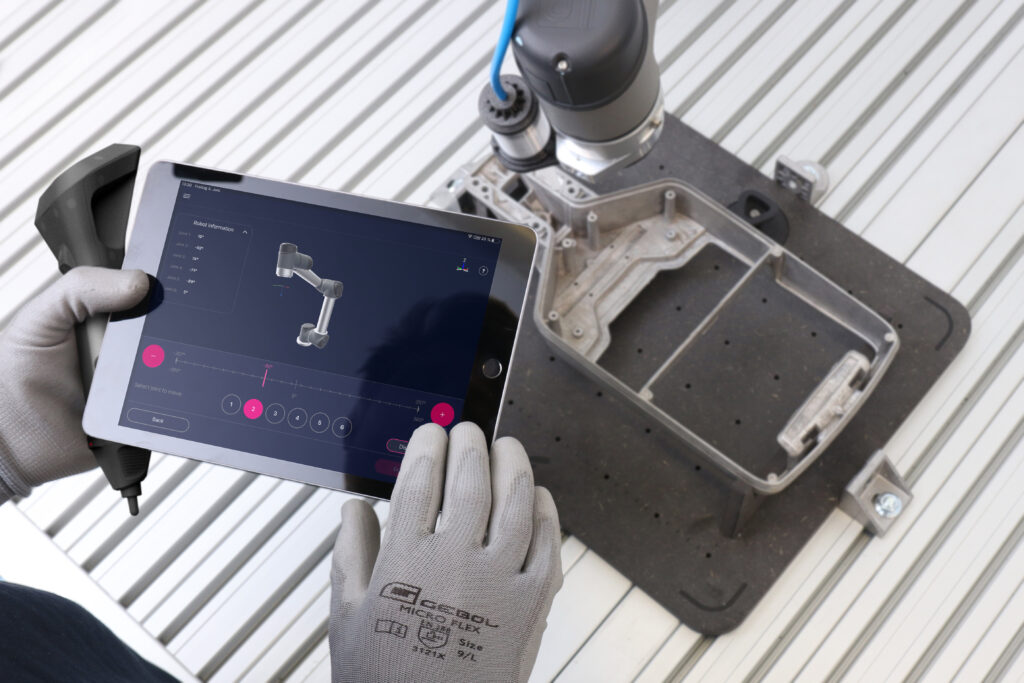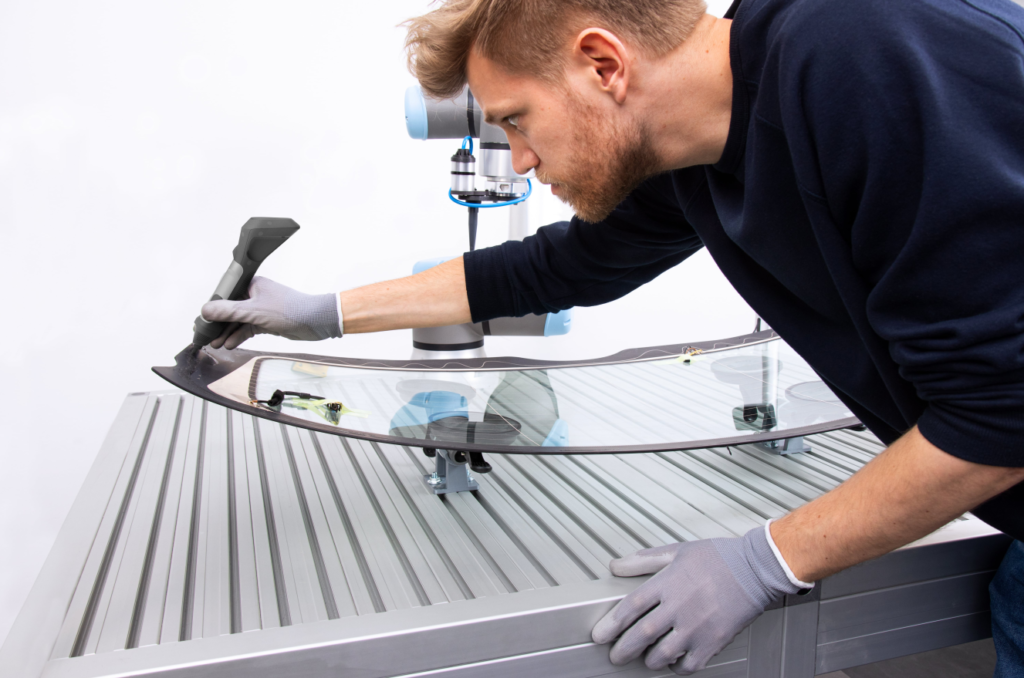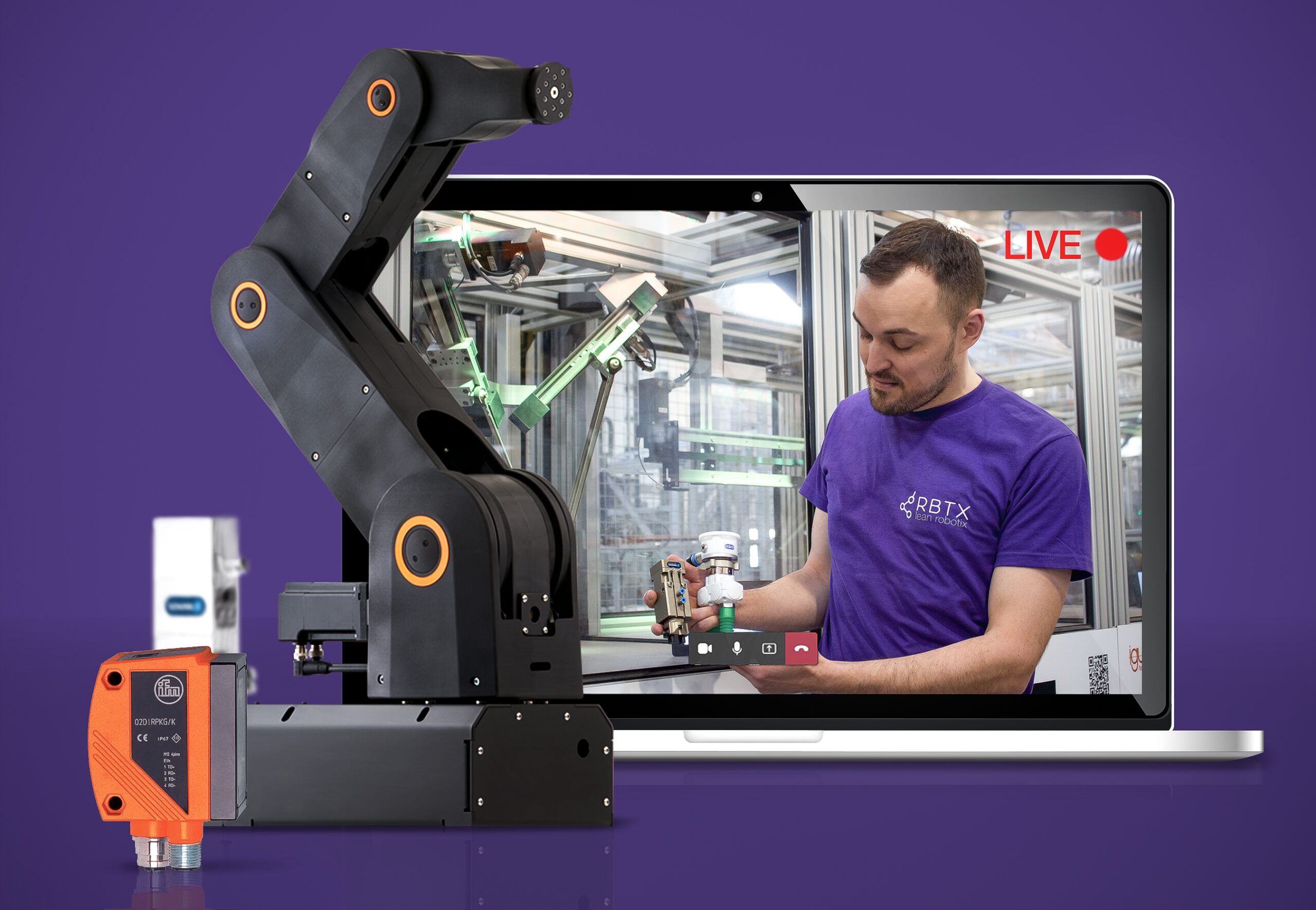LDROBOT a high-tech enterprise focusing on the research and development of advanced robotics, has announced the launch of LD-AIR LiDAR a ready-to-use compliant laser sensor with 360° sensing capabilities. This affordable LiDAR component makes any robot smarter and is available now on Kickstarter.
The ability to recognize objects and the environment is a key feature of many robots. LiDAR enables robots to scan their surroundings, make highly accurate maps, and navigate freely. Using advanced technology, LD-AIR LiDAR is a high-accuracy TOF sensor with 360° scanning range which is able to sense the surrounding environment by taking up to 4500 laser ranging samples per second to actualize obstacle detection and autonomously map any area.

LD-AIR LiDAR was created to serve business and research purposes that require robot navigation and obstacle avoidance. For robot developers, this essential component makes robots more useful and intelligent at an affordable price.
“In today’s advanced robots, LiDAR sensors are being widely used. The ability to quickly scan an area and create highly accurate maps is essential for applications such as archeology, geography and autonomous cars. And lately, consumer robots are using this technology in creative ways that make smart home applications and service robots smarter. Unfortunately, the cost of highly accurate LiDAR sensors is very high which puts this useful technology out of reach for many. Our goal at LDROBOT Group, was to make LiDAR accessible to everyone by creating a compact and affordable LiDAR with powerful features that is small enough to fit in virtually any device. Now, robotics innovators, makers, and hobbyists can harness the power of LiDAR to make more powerful, useful and convenient robots.”
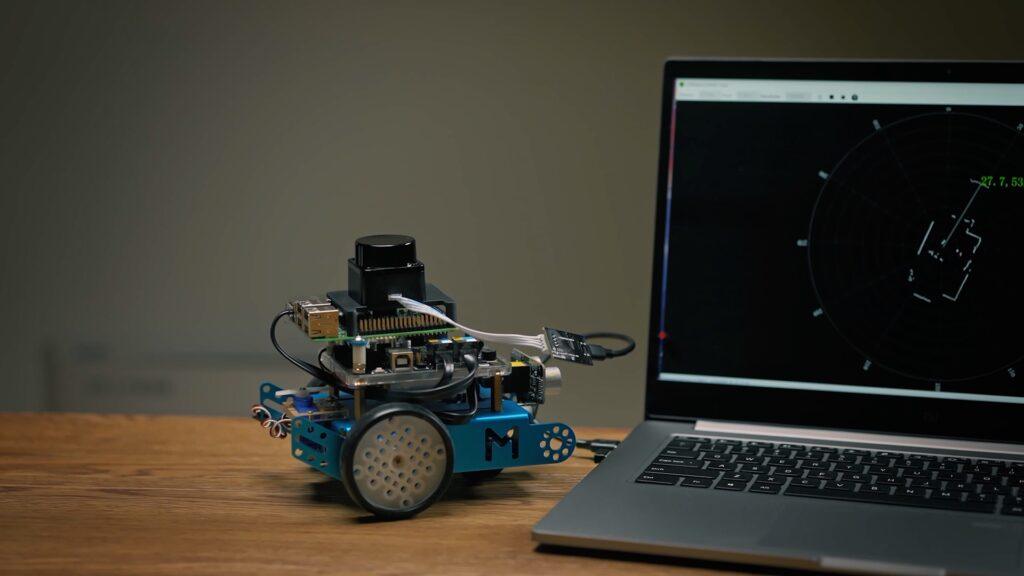
As an affordable yet full-featured LiDAR solution, LD-AIR LiDAR can be readily applied to the design of working services robots for tasks such as route setting and automatic responsive behaviors. It is a Ready-To-Use compliant laser sensor that is small and versatile enough to fit in any appliance. With an aim toward improving consumer service robots LD-AIR LiDAR has important safety features built-in. It is Certified LD FDA Class 1 Laser Safety Standard, and uses a low power infrared laser light as its light source, effectiveness and eye safety for humans and pets.
LD-AIR LiDAR – Ultra-Small & High-Precision TOF Sensor is available now on Kickstarter with special pricing for early supporters. Learn more here: [Link]
